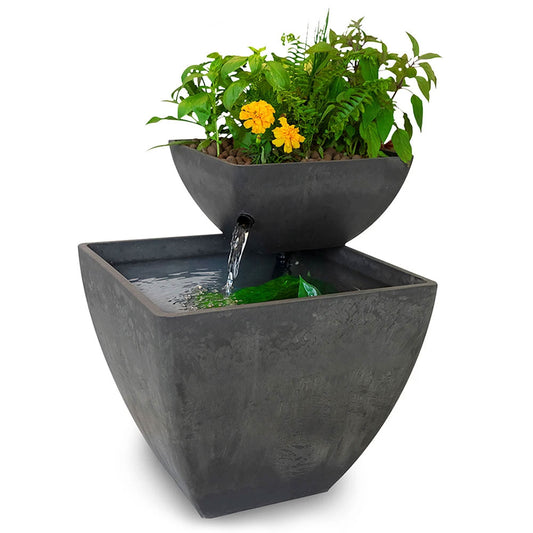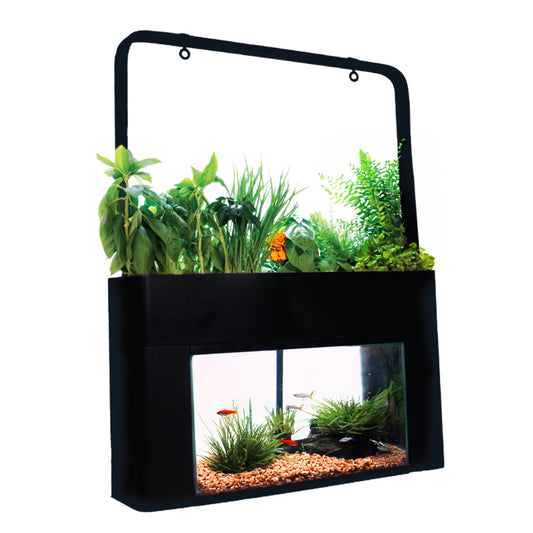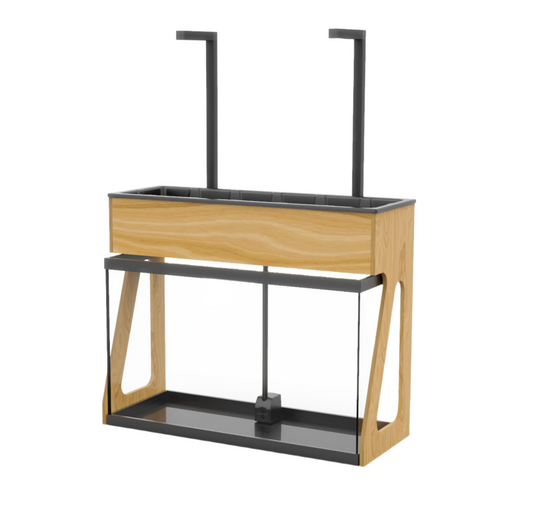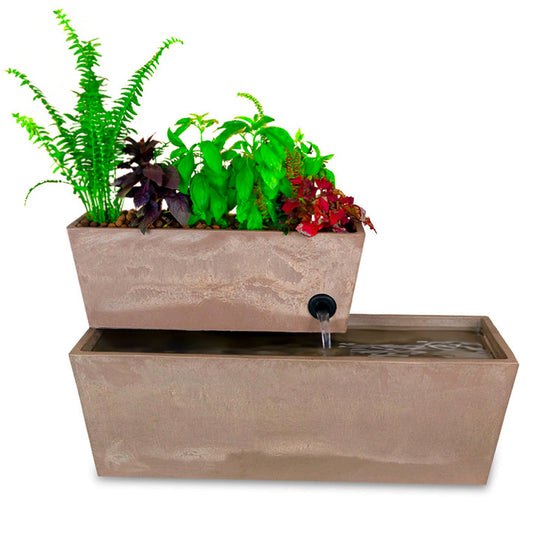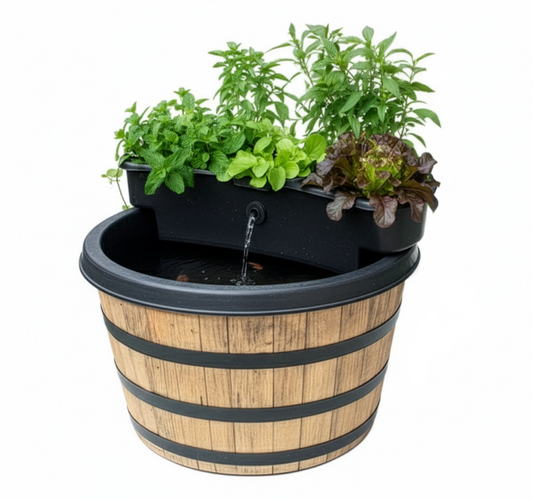Revolutionizing Farming with Precision Agriculture and Aquaponics: Advancements and Benefits
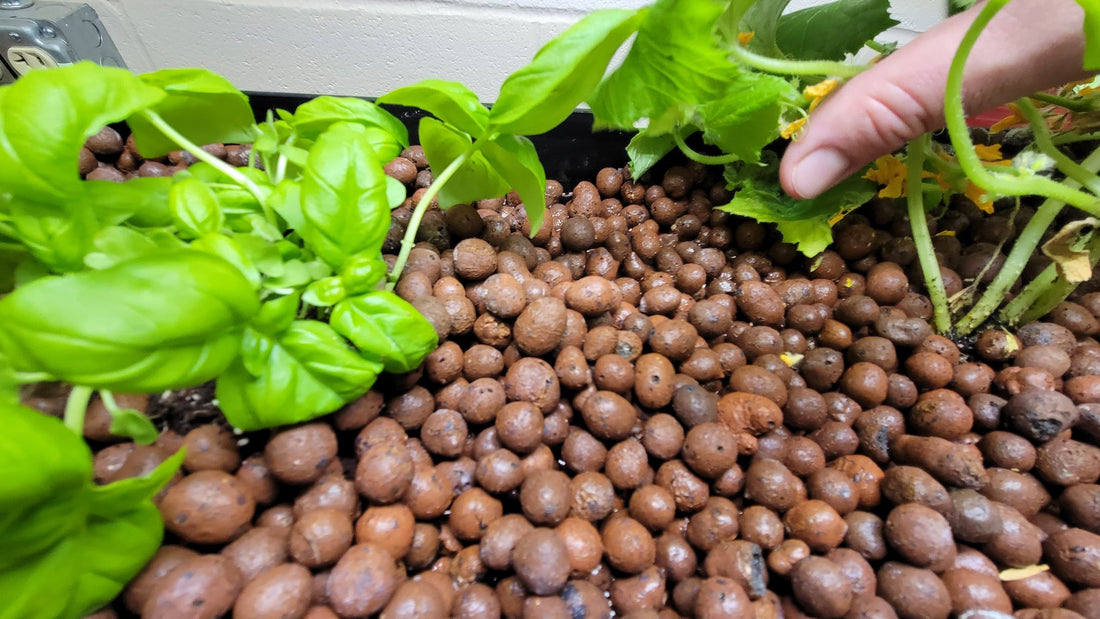
Precision agriculture is a farming system that uses technology to optimize crop yields while reducing waste and environmental impact. With the world's population projected to reach 9 billion by 2050, it is more important than ever to increase agricultural productivity to meet food demands. Precision agriculture helps achieve this goal by integrating technology into the farming process, including the use of sensors, drones, and machine learning. In recent years, a new technology called aquaponics has emerged as an innovative and sustainable approach to precision agriculture.
Aquaponics is a closed-loop system that combines aquaculture (raising fish) and hydroponics (growing plants without soil). Fish waste is converted into nutrients that feed plants, and the plants naturally filter the water for the fish. This symbiotic relationship creates a sustainable and efficient ecosystem that maximizes production while minimizing waste. In addition, aquaponics systems use 90% less water than traditional soil-based farming, making them an attractive option for water-stressed regions.
Precision agriculture and aquaponics share many benefits, including increased efficiency, reduced waste, and improved sustainability. By combining the two, farmers can further optimize their production and reduce their environmental impact. One way that precision agriculture and aquaponics can work together is through the use of sensors. Sensors can monitor water quality, temperature, and nutrient levels in the aquaponics system, providing real-time data to farmers. This data allows farmers to make informed decisions about feeding rates, water quality, and lighting to optimize plant growth and fish health.
Drones can also be used in precision aquaponics to monitor crop health and detect early signs of disease or nutrient deficiencies. By identifying these issues early, farmers can take action to prevent crop loss and reduce the need for chemical pesticides. Another advantage of aquaponics is the ability to grow crops year-round, regardless of weather conditions. This allows farmers to produce consistent yields and reduce the risk of crop loss due to weather-related events like droughts or floods. Precision agriculture technologies, such as artificial lighting and climate control systems, can further optimize plant growth and ensure maximum yields.
Precision agriculture and aquaponics can also help reduce the environmental impact of farming. Traditional soil-based farming methods often lead to soil degradation and nutrient depletion, requiring farmers to use chemical fertilizers to maintain productivity. Aquaponics systems, on the other hand, recycle nutrients, reducing the need for chemical fertilizers and minimizing nutrient runoff into waterways.
Precision agriculture and aquaponics can also help reduce greenhouse gas emissions by reducing the need for transportation and energy-intensive farming practices. By growing crops locally and using energy-efficient technologies, farmers can minimize their carbon footprint and contribute to a more sustainable future. In conclusion, precision agriculture and aquaponics are innovative and sustainable approaches to farming that offer numerous benefits over traditional soil-based farming methods. By combining the two, farmers can optimize their production, reduce waste, and minimize their environmental impact. As the world's population continues to grow, it is crucial that we embrace new technologies and farming practices to ensure a secure and sustainable food supply for future generations.

